“The Grace Blackwell Superchip comes to millions of developers”: Nvidia's new 'Project Digits' mini PC is an AI developer's dream – but it'll set you back $3,000 a piece to get your hands on one
The Nvidia mini PC features an all new Grace Blackwell GB10 ‘superchip’ and promises to supercharge AI development
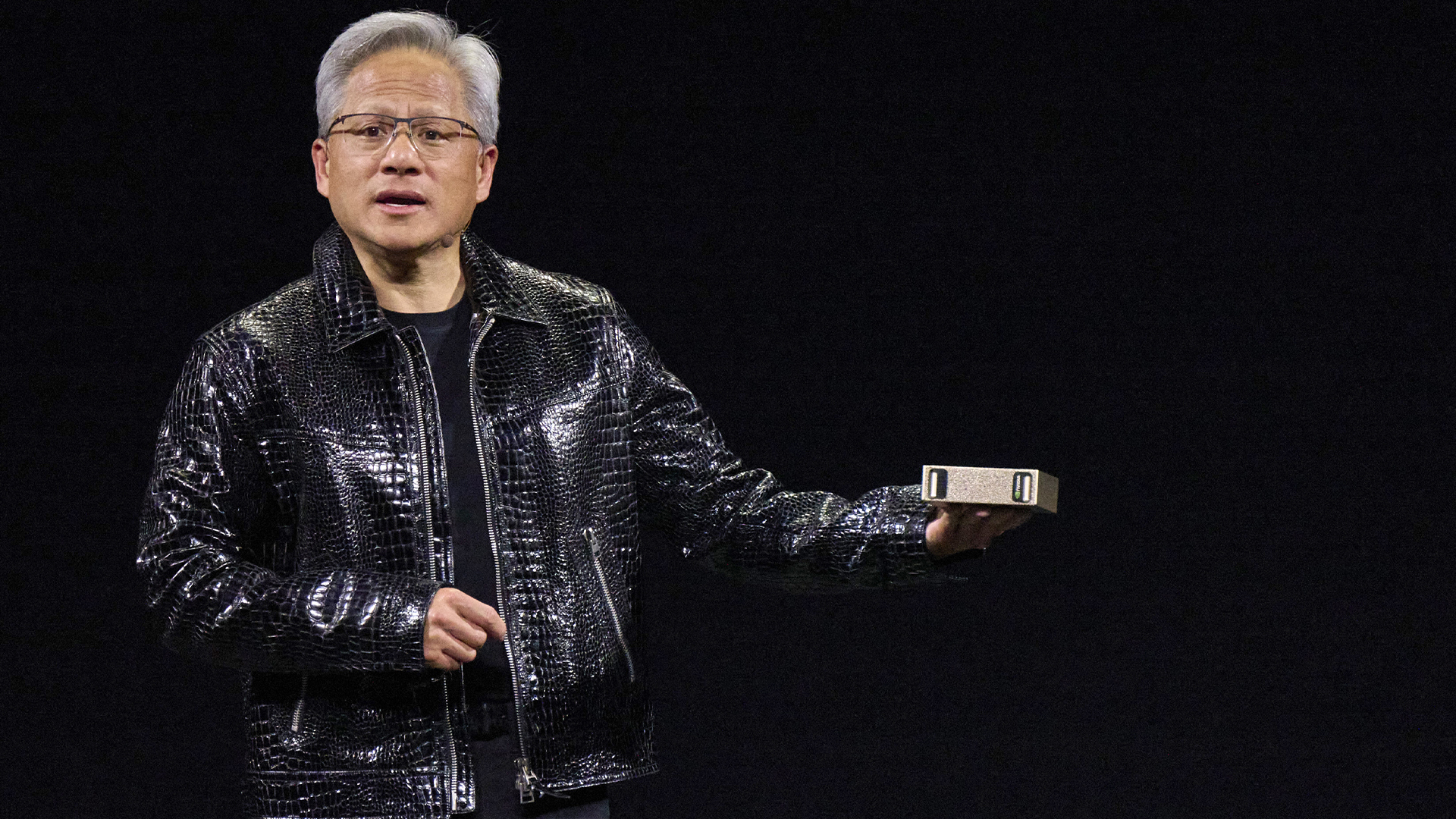

Nvidia shocked attendees at CES 2025 last week when it announced a new mini PC which it claims is the world’s smallest AI supercomputer.
Unveiled by CEO Jensen Huang in a Steve Jobs-esque ‘one more thing’ fashion, the device will feature a Grace Blackwell GB10 ‘superchip’ capable of delivering a petaflop of AI performance.
Project Digits, a placeholder name for the unit which Nvidia is actively seeking public input on to improve, will be equipped with the entire Nvidia software stack including NeMo, RAPIDS, Blueprints, NIM, and more.
The GB10 superchip will feature a GPU boasting the latest generation CUDA cores and fifth generation Tensor cores, as well as an ARM-based CPU with 20 power-efficient cores, which was designed in collaboration with Taiwanese semiconductor manufacturer MediaTek.
The system will come with up to 4TB of NVMe storage alongside 128GB of unified onboard memory, although the memory bandwidth capabilities were not revealed, prompting speculation about whether this may be a potential bottleneck for the system.
Designed specifically for AI developers, Nvidia said the device will be able to create prototypes, fine-tune, and run inferencing of large language models (LLMs) of up to 200 billion parameters locally.
It comes with a hefty price tag, however. Priced at $3,000, Nvidia is targeting enterprises and research institutions who are interested in developing and deploying advanced AI models without sinking huge amounts of capital in data center infrastructure or paying exorbitant cloud fees.
Get the ITPro daily newsletter
Sign up today and you will receive a free copy of our Future Focus 2025 report - the leading guidance on AI, cybersecurity and other IT challenges as per 700+ senior executives
Project Digits will allow users to develop and run inference on these models using a single piece of hardware, which they can then choose to deploy to the cloud or a data center as they see fit.
The mini PC is set for an official launch in May 2025, and will be available from Nvidia and partners, the company confirmed.
Powerful AI-focused mini PCs to become a fixture in 2025
As Jensen Huang held the pint-sized device on stage at CES, he declared AI was the new mode of computing, and as such will become the norm across applications in every industry.
“AI will be mainstream in every application for every industry. With Project Digits, the Grace Blackwell Superchip comes to millions of developers,” he said.
“Placing an AI supercomputer on the desks of every data scientist, AI researcher and student empowers them to engage and shape the age of AI.”
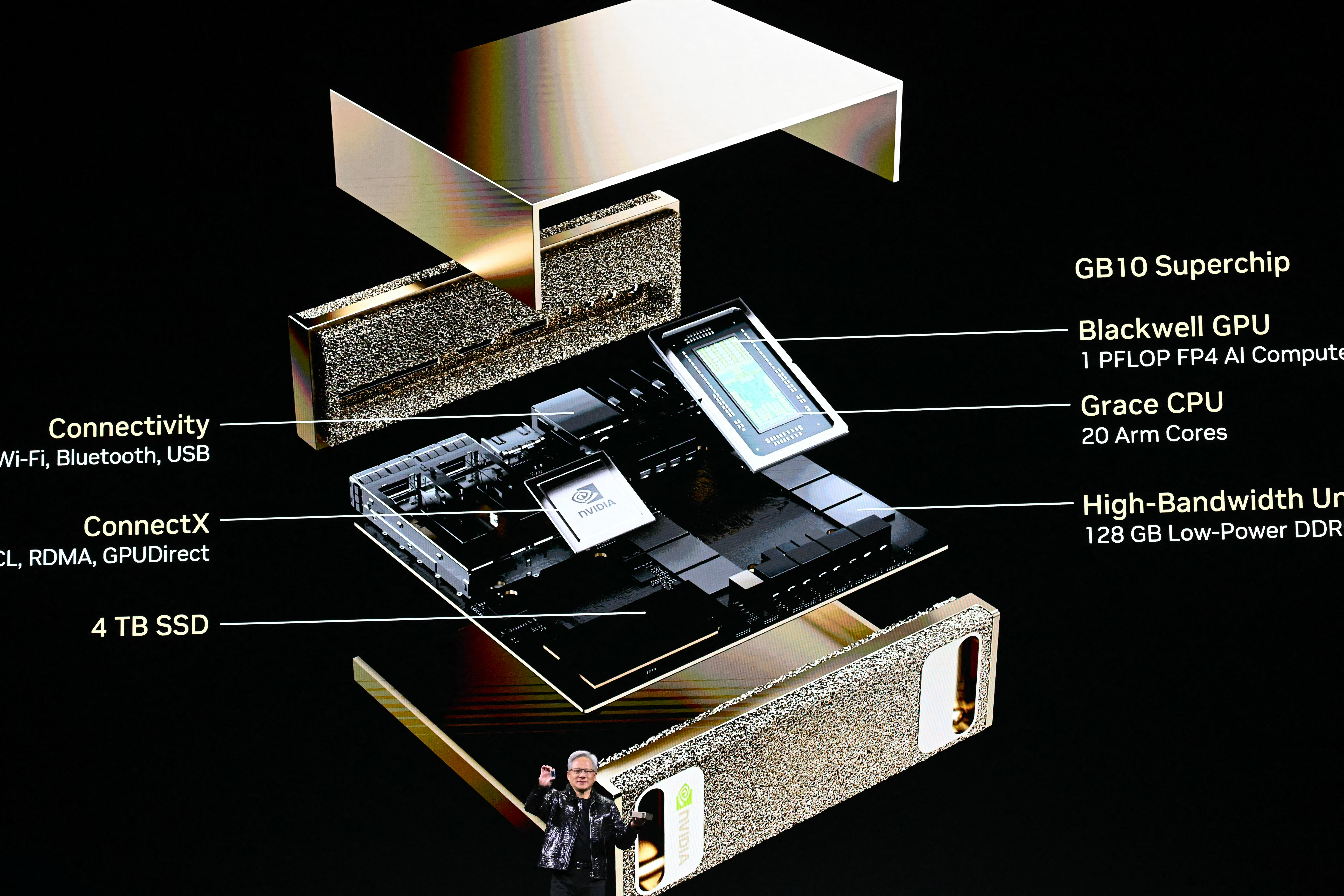
With Project Digits, Nvidia looks to maintain its sizable lead in the AI compute space with a more approachable all-in-one system with a price that, although prohibitive to the average consumer, is relatively modest in the world of AI computing infrastructure.
RELATED WHITEPAPER
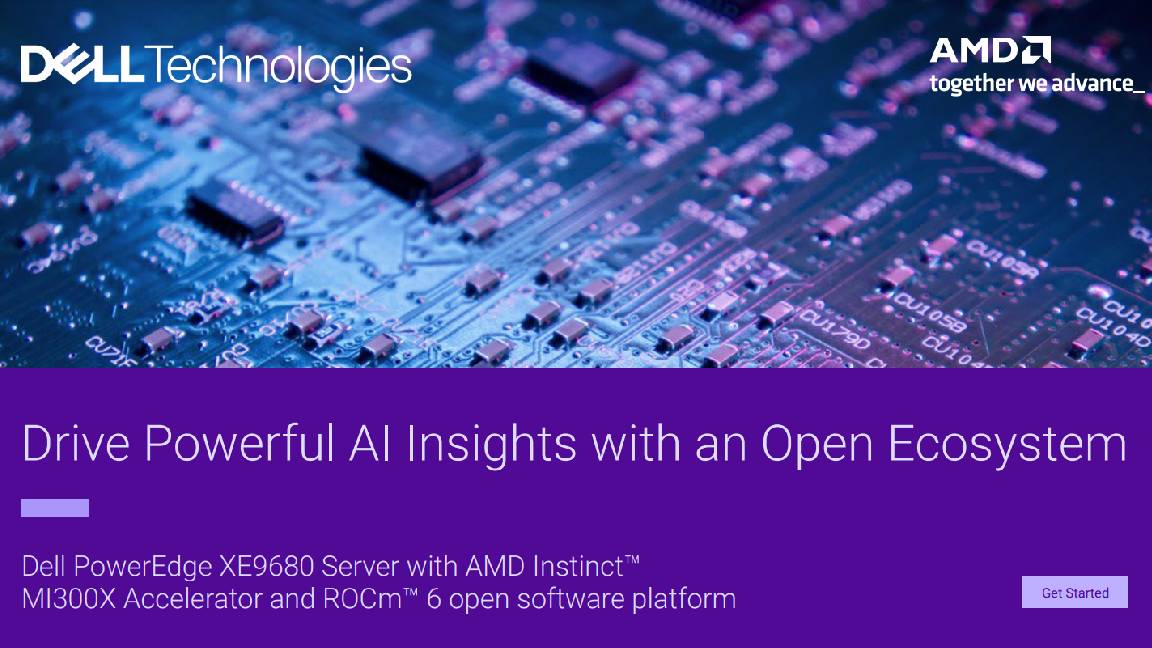
The off-the-shelf system is not without competitors, however, with other major players unveiling their own mini workstations capable of powering generative AI fine-tuning and inferencing workloads.
For example, HP launched its Z2 Mini G1a workstation that features AMD’s Ryzen AI Max+ Pro 395, with 16 cores and 32 threats running at a base speed of 3 GHz and capable of being boosted up to 5.1 GHz.
HP says the workstation will be able to tackle complex AI-accelerated projects such as working on LLMs locally as well as other graphics-intensive and 3D design workloads.
As it is running on an AMD platform, the HP system will not be able to run Nvidia’s CUDA platform but will have access to AMD’s competing ROCm software.

Solomon Klappholz is a former staff writer for ITPro and ChannelPro. He has experience writing about the technologies that facilitate industrial manufacturing, which led to him developing a particular interest in cybersecurity, IT regulation, industrial infrastructure applications, and machine learning.
-
 Why are many men in tech blind to the gender divide?
Why are many men in tech blind to the gender divide?In-depth From bias to better recognition, male allies in tech must challenge the status quo to advance gender equality
By Keri Allan
-
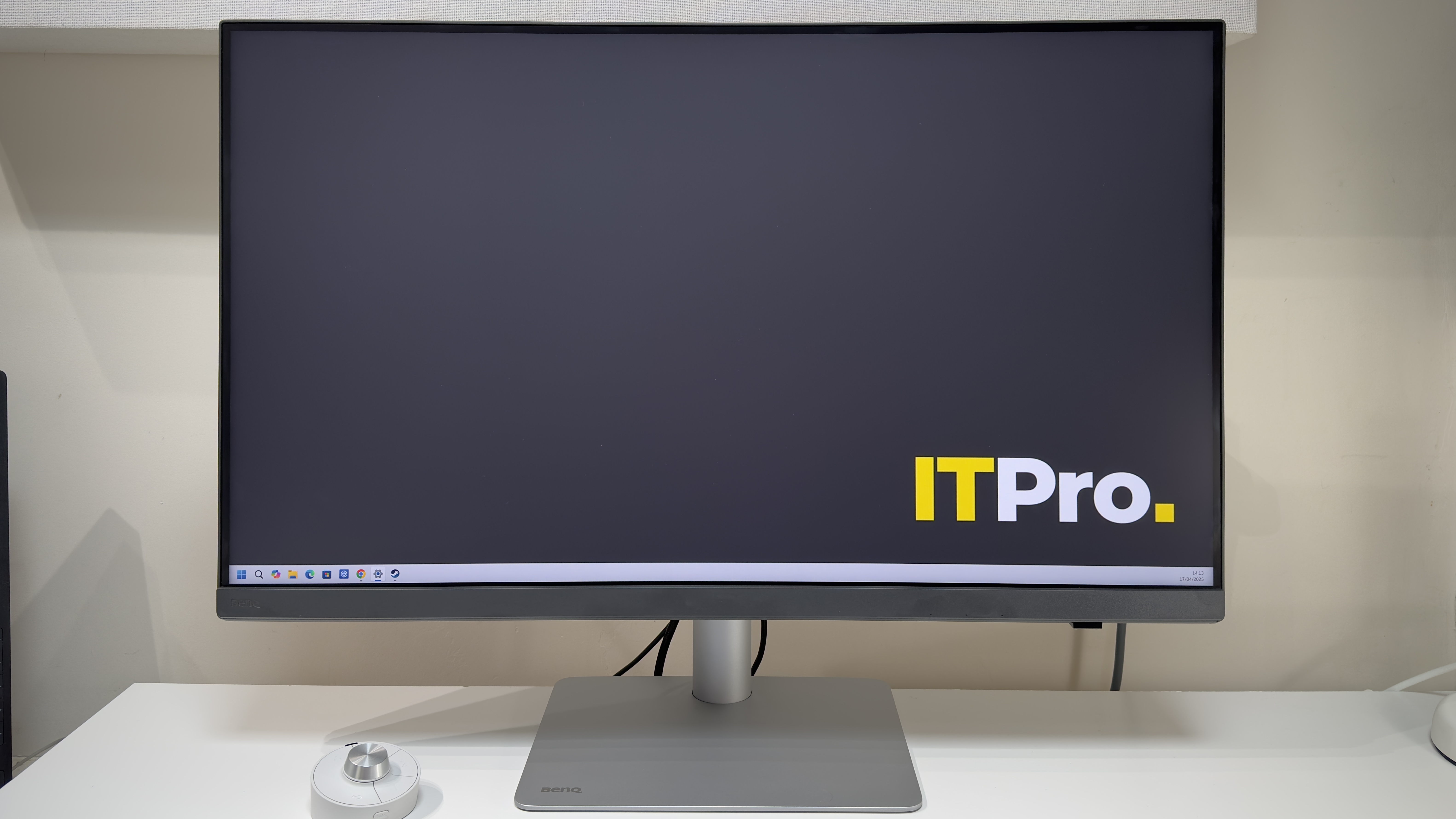 BenQ PD3226G monitor review
BenQ PD3226G monitor reviewReviews This 32-inch monitor aims to provide the best of all possible worlds – 4K resolution, 144Hz refresh rate and pro-class color accuracy – and it mostly succeeds
By Sasha Muller
-
 Nvidia braces for a $5.5 billion hit as tariffs reach the semiconductor industry
Nvidia braces for a $5.5 billion hit as tariffs reach the semiconductor industryNews The chipmaker says its H20 chips need a special license as its share price plummets
By Bobby Hellard
-
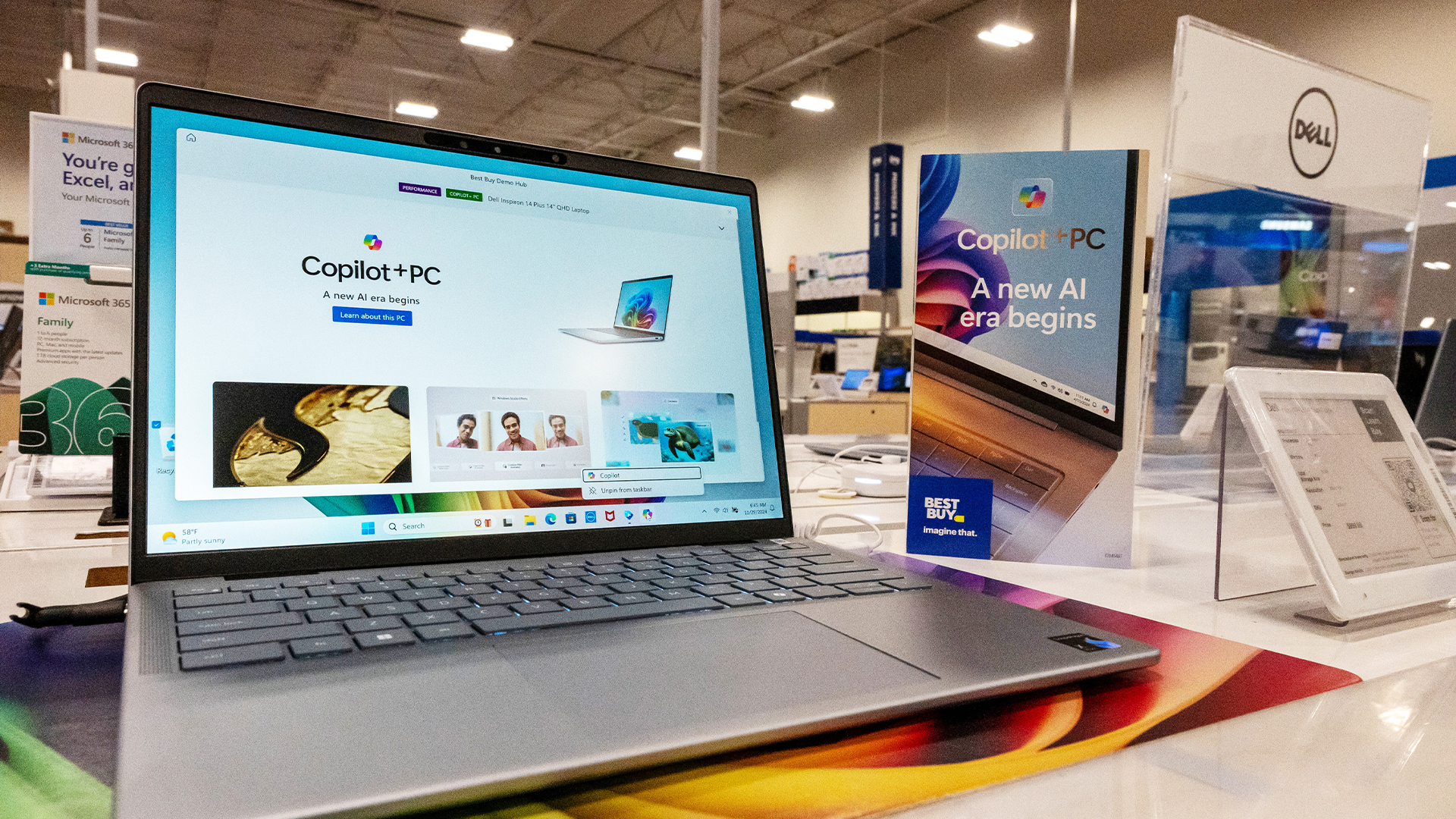 AI PCs are becoming a no-brainer for IT decision makers
AI PCs are becoming a no-brainer for IT decision makersNews IT decision makers are bullish about AI PCs, according to analysis from IDC, with more than eight-in-ten saying they will positively impact employees.
By Emma Woollacott
-
 Microsoft targets enterprises with new Intel-powered Surface devices – but they come with a hefty price tag
Microsoft targets enterprises with new Intel-powered Surface devices – but they come with a hefty price tagNews Microsoft has unveiled the launch of the new Surface Pro 11 and Surface 7 laptop devices with Intel chips.
By Solomon Klappholz
-
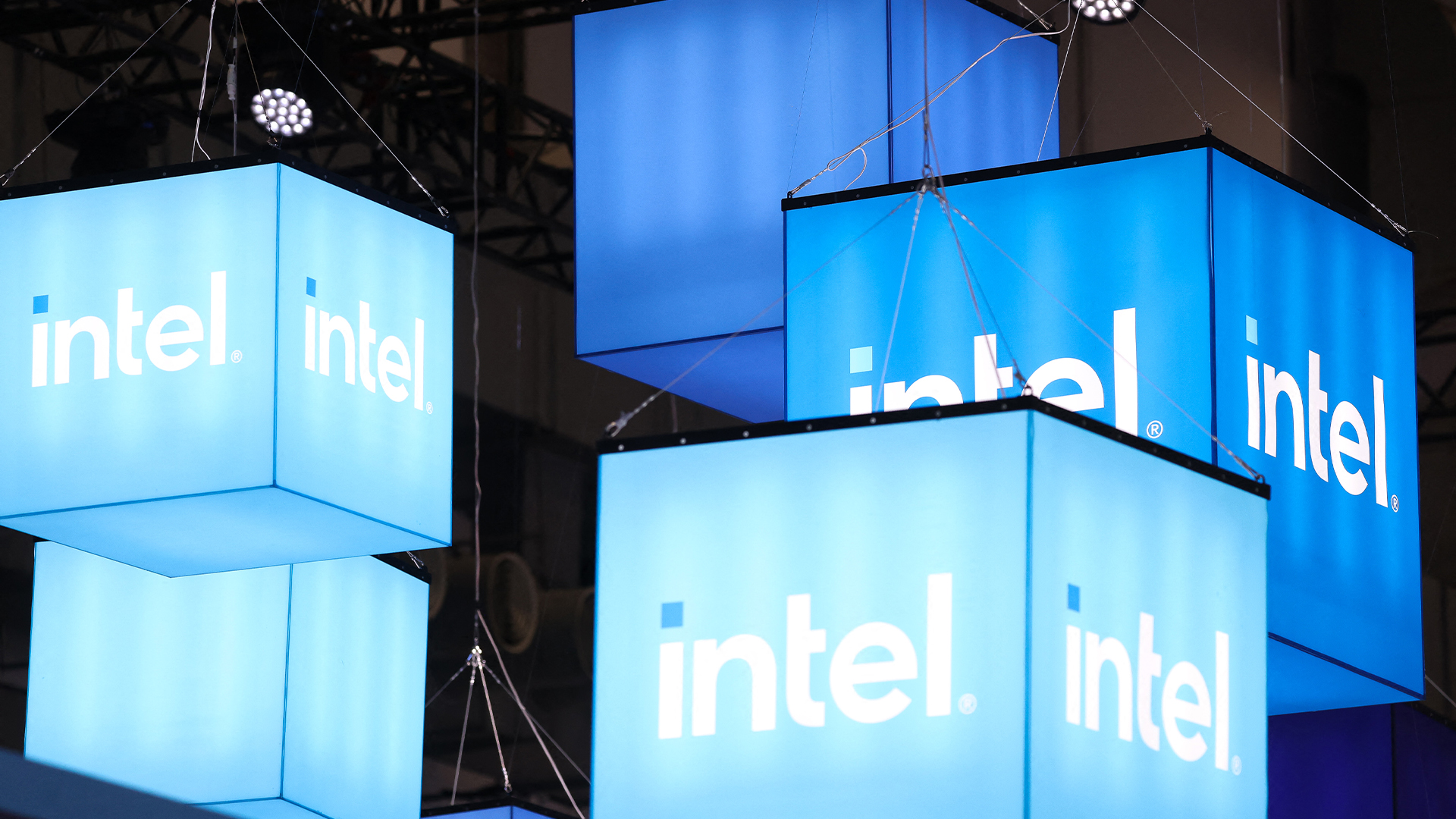 Intel just won a 15-year legal battle against EU
Intel just won a 15-year legal battle against EUNews Ruled to have engaged in anti-competitive practices back in 2009, Intel has finally succeeded in overturning a record fine
By Emma Woollacott
-
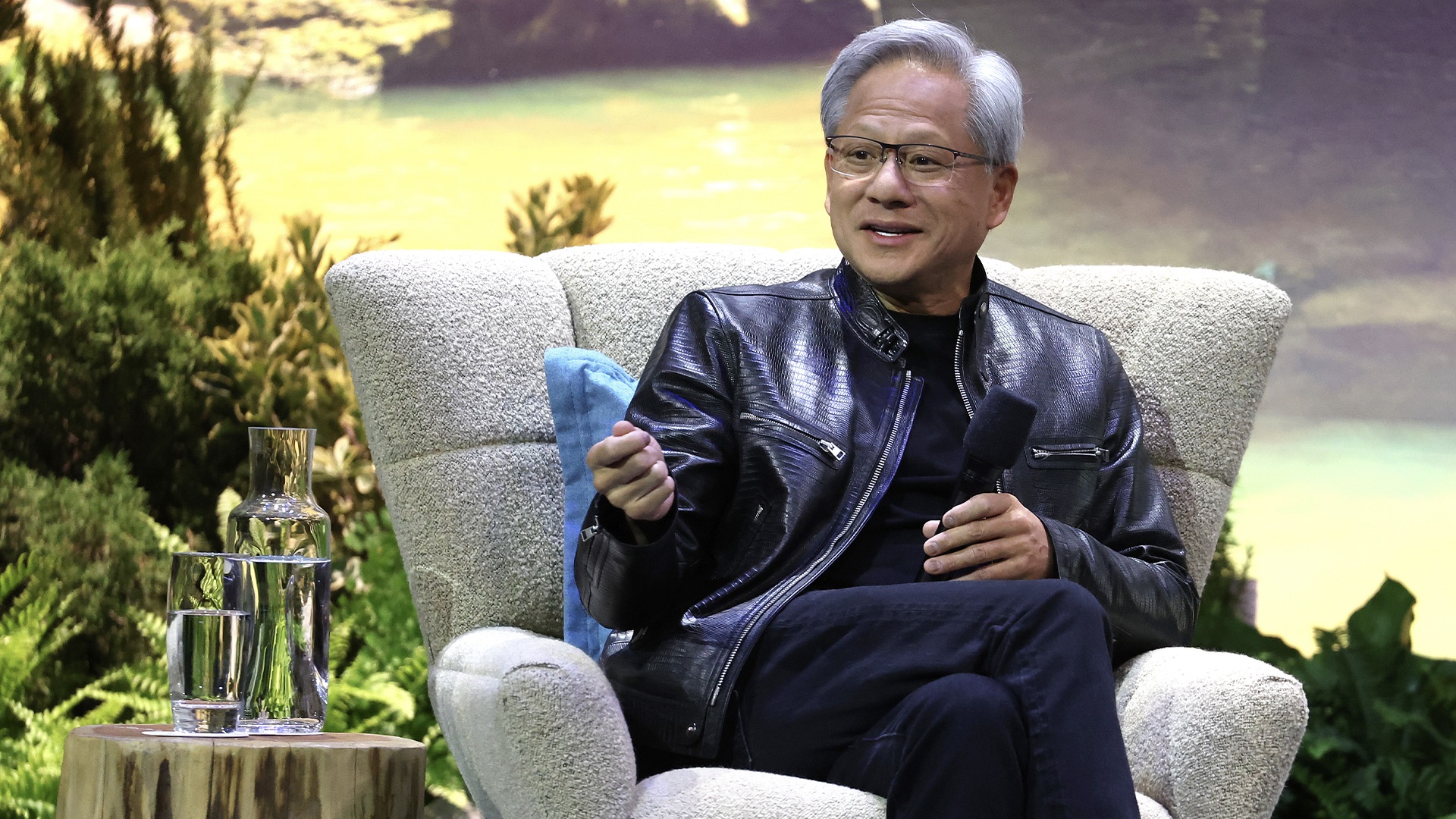 Jensen Huang just issued a big update on Nvidia's Blackwell chip flaws
Jensen Huang just issued a big update on Nvidia's Blackwell chip flawsNews Nvidia CEO Jensen Huang has confirmed that a design flaw that was impacting the expected yields from its Blackwell AI GPUs has been addressed.
By Solomon Klappholz
-
 How Nvidia took the world by storm
How Nvidia took the world by stormAnalysis Riding the AI wave has turned Nvidia into a technology industry behemoth
By Steve Ranger
-
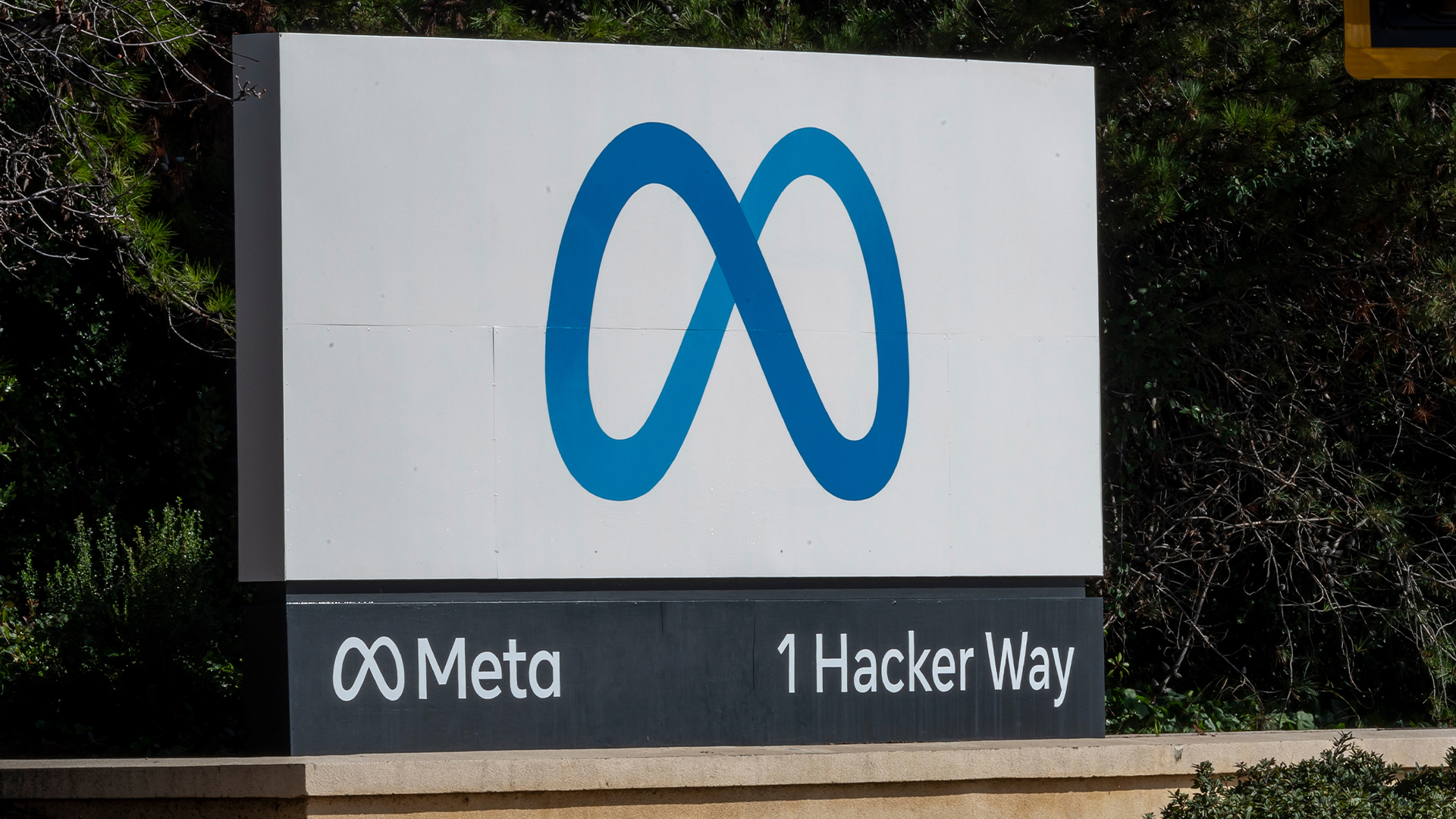 Meta unveils two new GPU clusters used to train its Llama 3 AI model — and it plans to acquire an extra 350,000 Nvidia H100 GPUs by the end of 2024 to meet development goals
Meta unveils two new GPU clusters used to train its Llama 3 AI model — and it plans to acquire an extra 350,000 Nvidia H100 GPUs by the end of 2024 to meet development goalsNews Meta is expanding its GPU infrastructure with the help of Nvidia in a bid to accelerate development of its Llama 3 large language model
By George Fitzmaurice
-
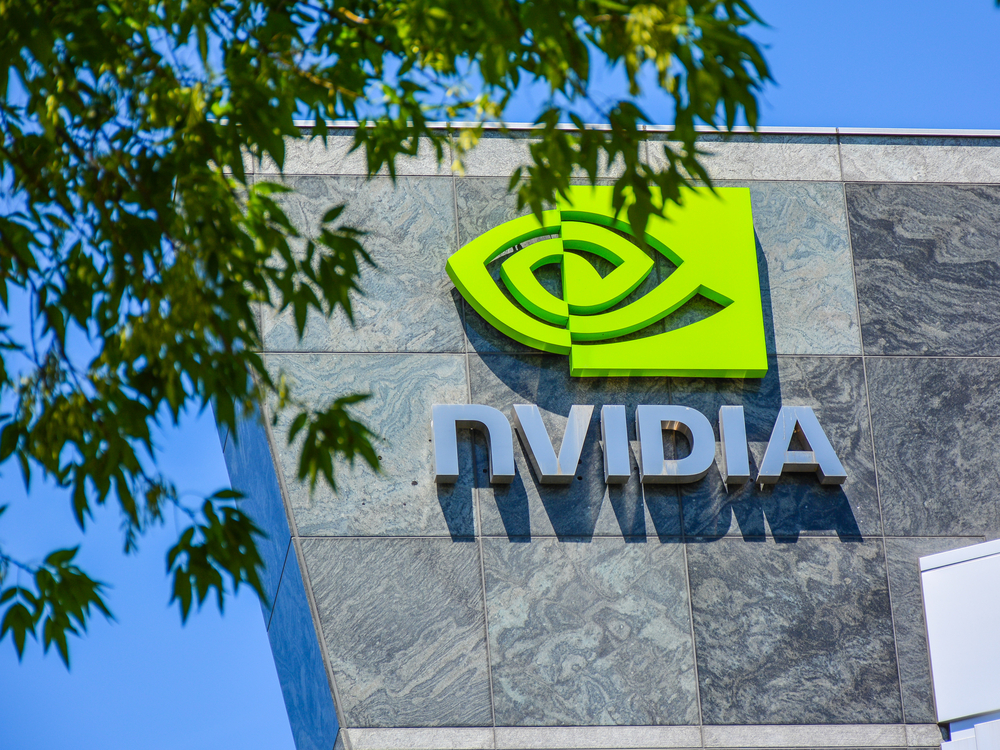 TD Synnex buoyed by UK distribution deal with Nvidia
TD Synnex buoyed by UK distribution deal with NvidiaNews New distribution agreement covers the full range of Nvidia enterprise software and accelerated computing products
By Daniel Todd